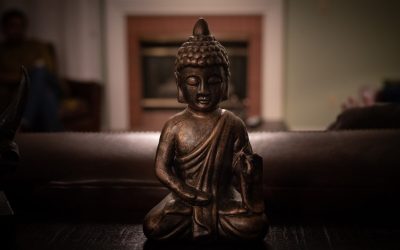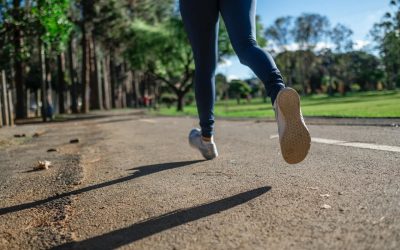Do you have back pain?
It’s very unusual to have normal lower ab function in those who suffer from lower back pain. Oddly enough many “experts” still claim there is no such thing as lower abdominals. Yet, studies in embryology show that as somites migrate from the lumbar spine, becoming the pelvic floor, they continue their migration up to the umbilicus. This migration effectively makes the lower ab muscles not only very real, but functioning as a part of the lower back muscles. So, breathing improperly or frequently forcing your body to move improperly may cause lower abdominal dysfunction that leads to lower back pain.
The Iliopsoas muscle bridges the spine and the leg. It is attached to the spine, vertebrae and discs and intersects into the lesser trochanter. Knowing these attachment points it’s no wonder it can cause pain if found to be dysfunctional! As these muscles become tight and restricted, they can cause the pelvis to tilt anteriorly, forcing the body into having an exaggerated lumbar arch that leads to rotation or compression of the discs. Pelvic rotation is very common in the clients we treat at Be Here Now. That’s why it takes the number three spot for back pain.
“…breathing improperly or frequently forcing your body to move improperly may cause lower abdominal dysfunction that leads to lower back pain.”
We’ve found this issue to be particularly complex. This is due to the many possible combinations of issues causing the pelvis to tilt forward or laterally. Oftentimes the pelvis finds its way back to a neutral position once the muscle imbalances are discovered in a full quality assessment and corrected scientifically according to tonic and phasic muscle relationships.
Back pain seems to baffle many “experts” in the medical field that will simply throw a confusing Latin term at you, write you prescriptions for drugs or give you a cookie-cutter stretching program. At Be Here Now, we have a full-quality assessment process that looks at more than the symptom and is treated individually with corrective exercise, mobility, and stretching.


